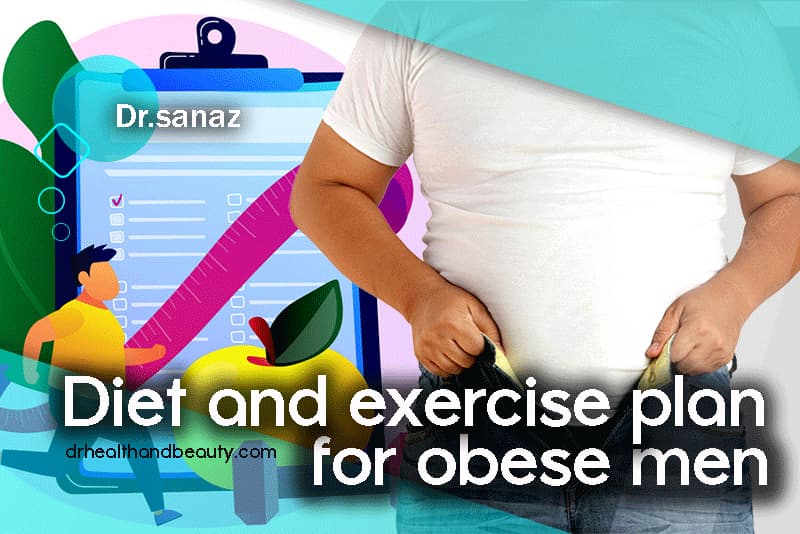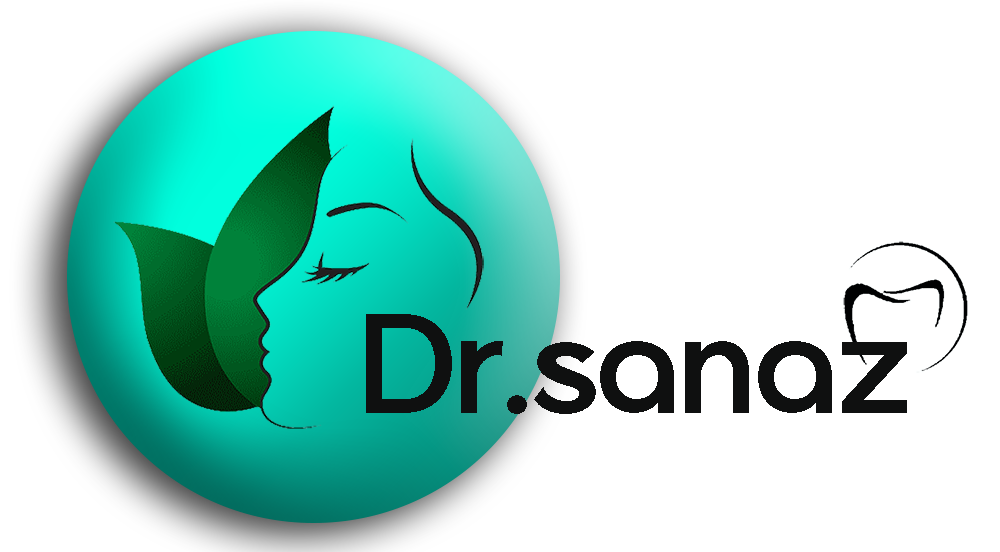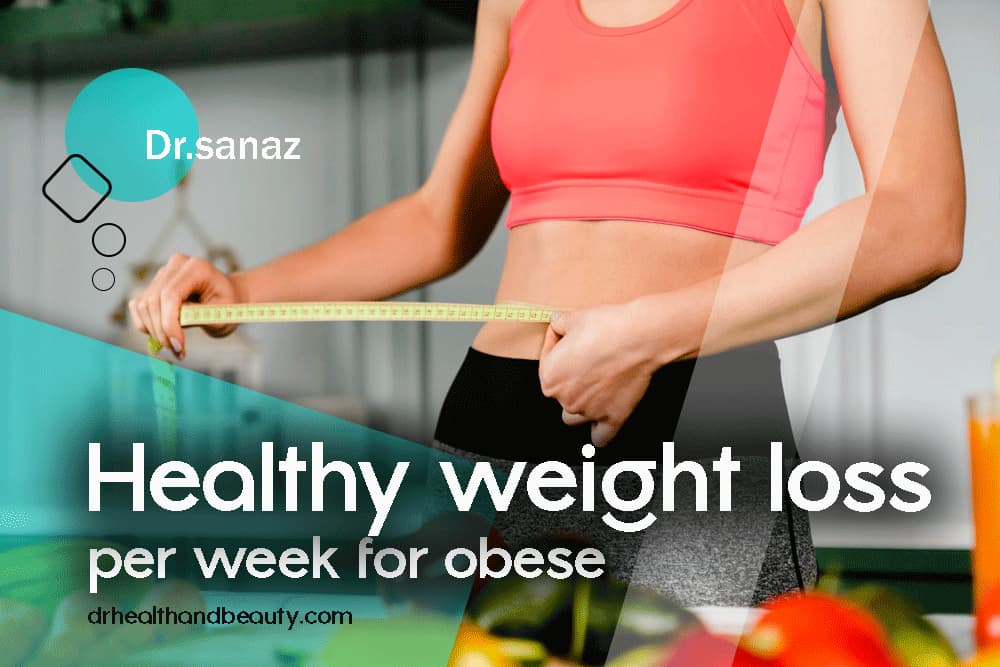
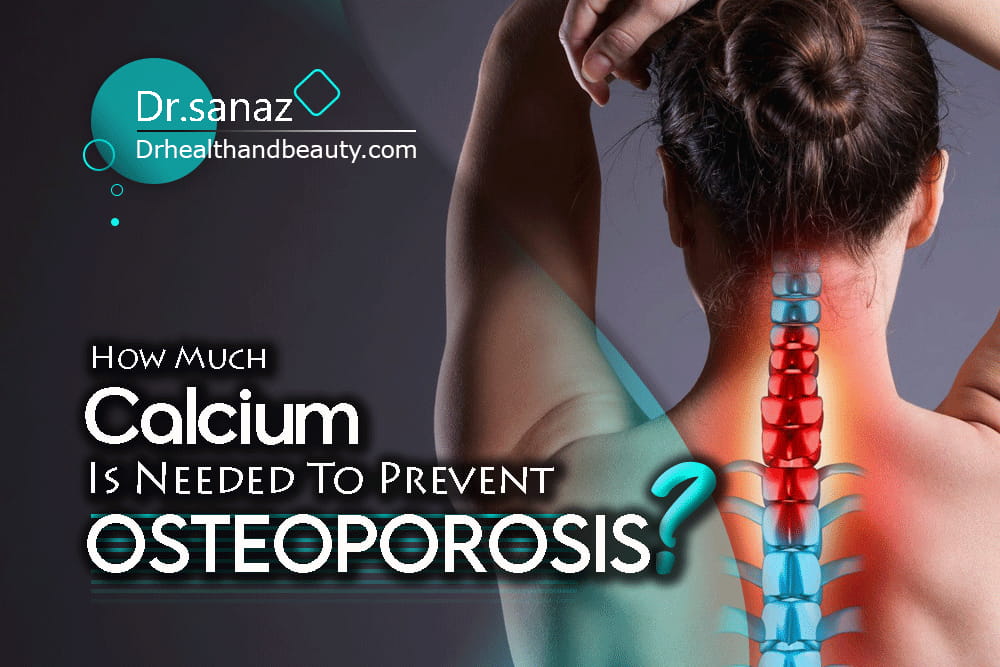
How Much Calcium Is Needed To Prevent Osteoporosis?
Decreased bone density and loss of bone tissue, which lead to weak and brittle bones, are hallmarks of osteoporosis. If you have osteoporosis, you are more at risk of breaking bones, especially in the hips, spine, and wrists. Osteoporosis is often recognized as a condition that weakens the ability to build new bones in older women. Of course, osteoporosis factors start much earlier than such ages. Since bone density peaks at around 25 years of age, it is essential to strengthen bones before this age to remain solid in later life. Adequate calcium intake is one of the main factors in achieving solid bones.
Table of Contents

Signs and symptoms of osteoporosis
The symptoms of osteoporosis usually have no symptoms in the early stages. However, later, it causes a dull ache in the bones or muscles, especially in the neck and lower back. In the later stages of the disease, severe and sudden pain is one of the symptoms of osteoporosis, which usually does not spread to other areas. However, it worsens with activities that put weight on the painful area and may be accompanied by tenderness to the touch but generally subsides within a week. The pain usually lasts for more than three months.
People with osteoporosis may not even remember a fall or any other trauma that broke a bone, such as their spine or ankle. Compression fractures in the spine lead to a decrease in height and humpback.
Usually, falls are the cause of fractures elsewhere in the body, most commonly occurring in the hip and wrist bones.

Causes and reasons for osteoporosis
Osteoporosis occurs when the balance between new bone formation and old bone resorption is lost. In this condition, either the body cannot produce enough new bone or reabsorbs too much old bone. Calcium and phosphate are two essential minerals for the formation of normal bones. Calcium is an essential element for the properly functioning of the heart, brain, and other organs. For these organs to continue working, the body reabsorbs the Calcium stored in the bones to maintain blood calcium levels. If the amount of Calcium consumed is insufficient or the body does not absorb enough Calcium from the diet, bone production, and tissue will suffer. In this case, the bones become weaker, which makes them brittle and break easily.
Usually, bone loss occurs over a long period of many years. Often, people go to the doctor because of a bone fracture and only realize that they have osteoporosis; usually, by that time, the disease has reached its advanced stages, and the bone damage has become severe.
The leading cause of osteoporosis is the lack of certain hormones, especially estrogen in women and androgen in men. This disease is common in women, especially in those over 60 years old. Menopause is associated with decreased estrogen levels and increases the risk of osteoporosis in women. Other factors contributing to bone loss in this age group include insufficient Calcium and vitamin D intake, not performing weight-bearing exercises, and other age-related changes in endocrine function (in addition to estrogen deficiency).
Other factors and complications that can lead to osteoporosis include excessive use of corticosteroids (Cushing’s syndrome), thyroid problems, insufficient use of muscles, bone cancer, certain genetic disorders, certain medications, and problems such as deficiency of Calcium in the diet.

factors that increase the risk of osteoporosis:
They increase the risk factors of osteoporosis. Things like:
gender
Age
race
family history
Body mass size
hormone
diet
Corticosteroid drugs
Suffering from certain diseases
Smoking
inactivity
- Women are more prone to this disease than men, skinny, petite, and older women.
- White or East Asian women, especially those with a family history of osteoporosis
- Postmenopausal women, especially women who have had early menopause or menopause caused by surgery or women whose periods are abnormal or interrupted.
- Smoking can also be the cause of osteoporosis, as well as eating disorders such as anorexia nervosa or bulimia nervosa, low amount of Calcium in the diet, high alcohol consumption, lack of sufficient activity, and the use of some drugs such as corticosteroids and anticonvulsants are also factors. are dangerous
- Rheumatoid arthritis is one factor that increases the risk of osteoporosis.
- Having a father or mother with osteoporosis is also a risk factor for children.

Early stages of osteoporosis have no warning signs or symptoms. In most cases, people do not realize the existence of this disease until they suffer a bone fracture; osteoporosis is sometimes called a silent disease. However, if you notice the following symptoms in yourself, be sure to see a doctor:
- Short stature
- General body posture changes such as bending forward
- Shortness of breath (compressed discs cause a decrease in lung capacity.)
- Bone fracture
- Pain in the back
- Receding gums
- Weakness
- Weak and brittle nails


Prevention of osteoporosis
Both men and women can take the following steps to prevent osteoporosis from a young age:
We have a healthy and varied diet of fresh fruits, vegetables, and whole grains.
Eat foods rich in Calcium
Adequate vitamin D intake
Avoid smoking
Limit alcohol consumption
Limit caffeine
Doing strength exercises with the help of body weight
1- Diet rich in Calcium and osteoporosis
For adults, daily consumption of 1000 mg of Calcium is recommended. It is recommended that postmenopausal women and men over 70 consume 1,300 mg of Calcium daily. Children need 1300 mg of Calcium, depending on their age. Dairy products have the highest levels of Calcium, but there are other sources of calcium absorption, such as sardines, spinach, and almonds.
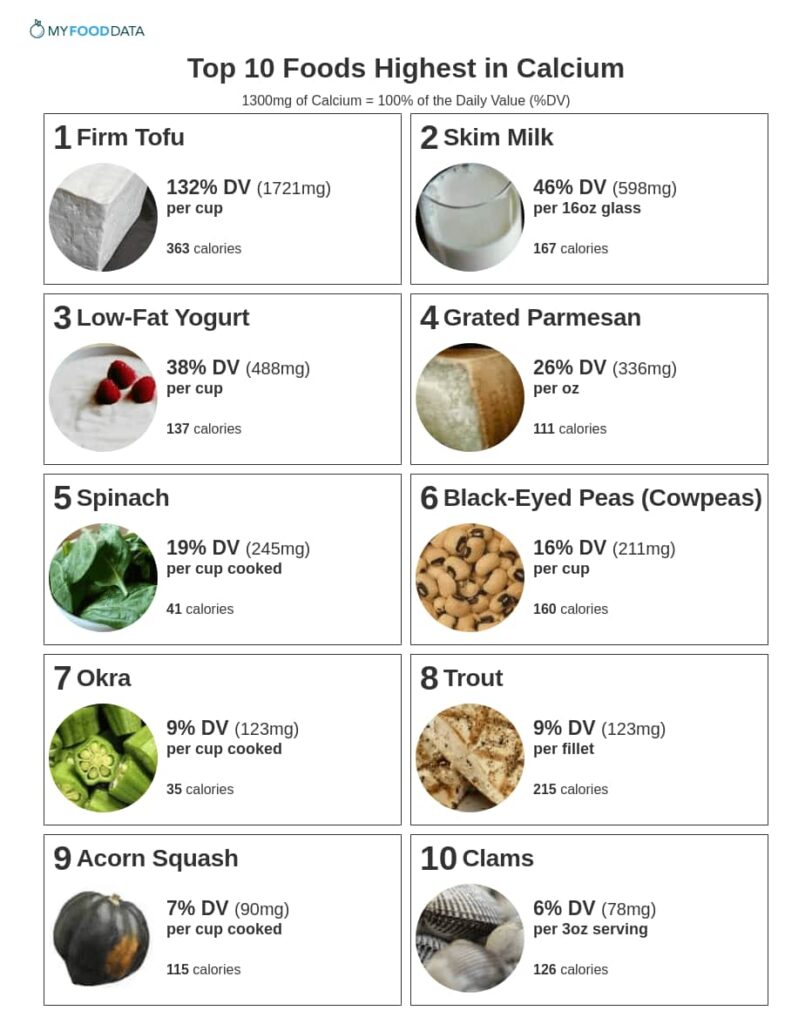
2- Prevention of osteoporosis by taking vitamin D
We get a lot of the vitamin D our body needs from sunlight, and to produce enough vitamin D, it is recommended that people be safely exposed to sunlight, depending on their skin type, geographic location, and season. Vitamin D is also present in small amounts in the following foods:
- Fatty fish (salmon, salmon, herring, mackerel)
- liver
- egg
- Fortified foods such as low-fat milk and margarine
- Getting adequate amounts of vitamin D through diet alone is only possible for some people.
3- Exercise and prevention of osteoporosis
Choose bodyweight activities such as brisk walking, jogging, tennis, netball, or dancing. Although non-weight-bearing exercises like swimming and cycling are remarkable for their other health benefits, they do not stimulate bone growth.
A combination of body weight-bearing and strength exercises during the week can be ideal—plan to exercise four to six times a week for 30 to 40 minutes. Exercises helpful in stimulating bone growth should be done regularly and have variety.
4- Lifestyle changes and protection against osteoporosis
🔔 Quit smoking
Smokers have lower bone density than non-smokers.
🔔 Get some sun
You should expose your skin to the sun most days of the week to produce enough vitamin D in your body (but remember the recommendations for sun exposure and skin cancer prevention).
Do not drink too much alcohol.
Heavy alcohol consumption increases the risk of osteoporosis.
🔔 Limit caffeinated drinks
Too much caffeine can affect the amount of Calcium absorbed by the body. Only drink up to two or three cups of soda, tea, or coffee daily.
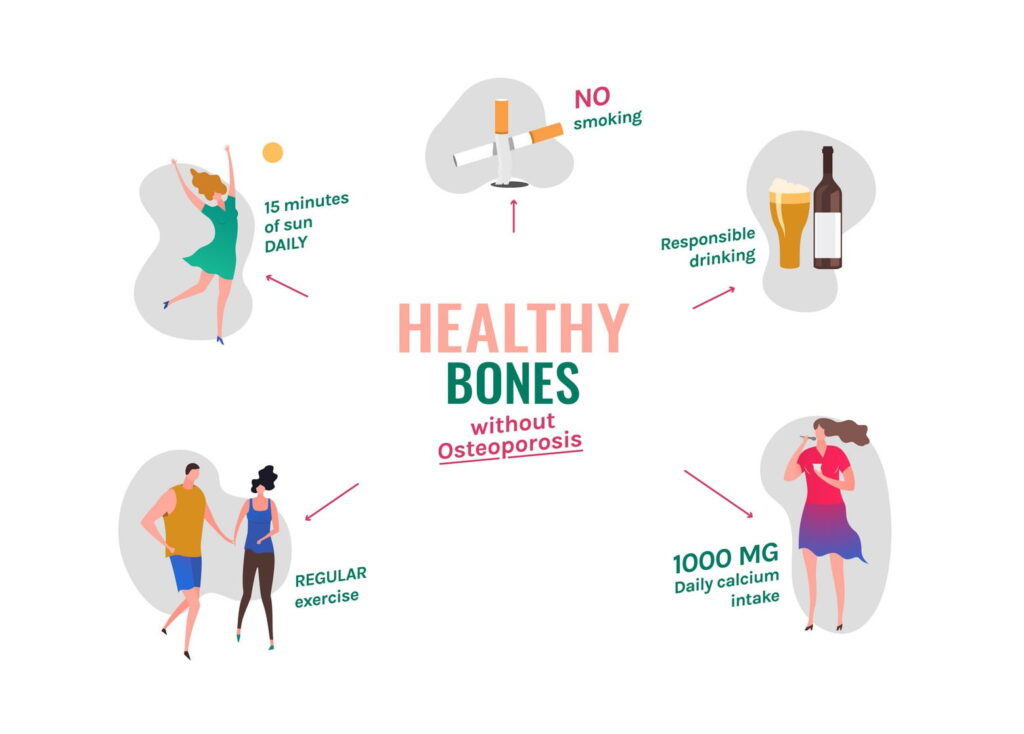
Treatment of osteoporosis
Early treatment of osteoporosis is essential. The earlier the patient starts the treatment program, the better results will be obtained. Osteoporosis treatment focuses on slowing down or stopping the loss of minerals, increasing bone density, preventing bone fractures, and controlling pain caused by this disease.
Medicine for osteoporosis
The most commonly prescribed osteoporosis drugs for both women and men at high risk of fractures are bisphosphates, examples of which include:
Alendronate (Fosamax)
- Risedronate (Actonel, Atelovia)
Ibandronate (Boniva)
• Zoledronic acid (Reclast
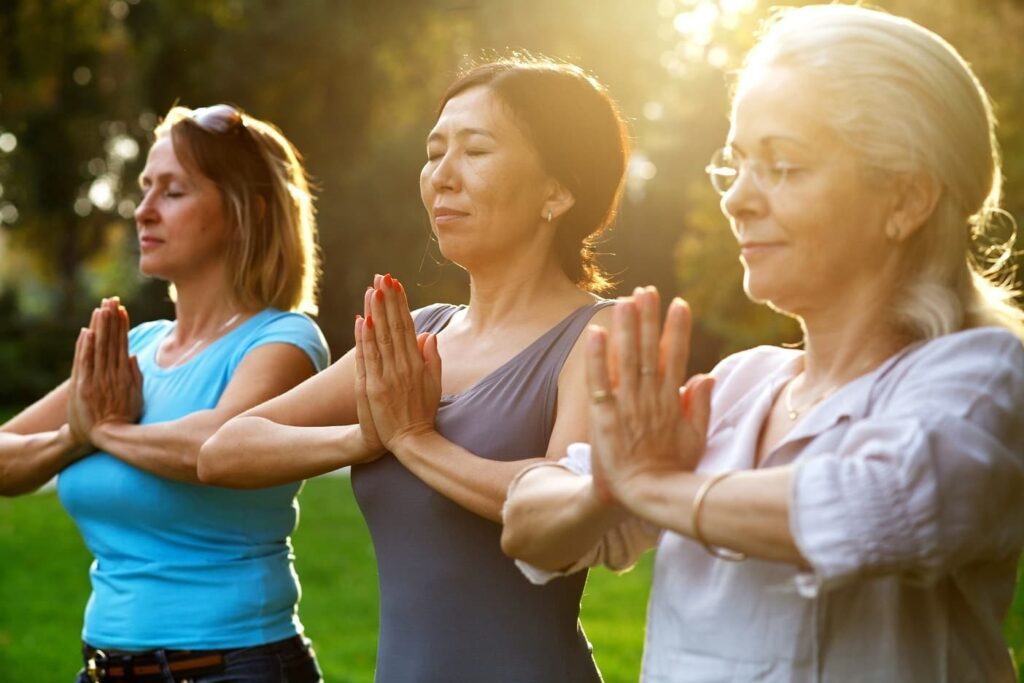
Hormone therapy for osteoporosis
Estrogen, especially when given soon after the onset of menopause, can help maintain bone density.
In men, osteoporosis is usually caused by the gradual decline in testosterone levels with age. Testosterone replacement therapy helps increase bone density.
Other osteoporosis medications: If you cannot tolerate the more common osteoporosis treatments (or they do not work well for you), your doctor may recommend the following medications:
- Denosumab (Prolia). Compared to bisphosphonates, denosumab has shown similar or better results in increasing bone density and reducing the probability of fractures.
- Triparatide (Forteo). This powerful drug is similar to parathyroid hormone and stimulates new bone growth. The patient receives it through subcutaneous injection.

Exercise and corrective movements
Regular exercise and correction are necessary to prevent osteoporosis. Adults between 19 and 64 should do at least 150 minutes (equivalent to 2 hours and 30 minutes) of aerobic exercise every week, such as cycling or brisk walking.
Weight-bearing and endurance exercises improve bone density and help prevent and treat osteoporosis.
People between the ages of 9 and 64 should also devote two or more days per week to strengthening exercises that work all major muscle groups, including legs, hips, back, chest, shoulders, and arms.
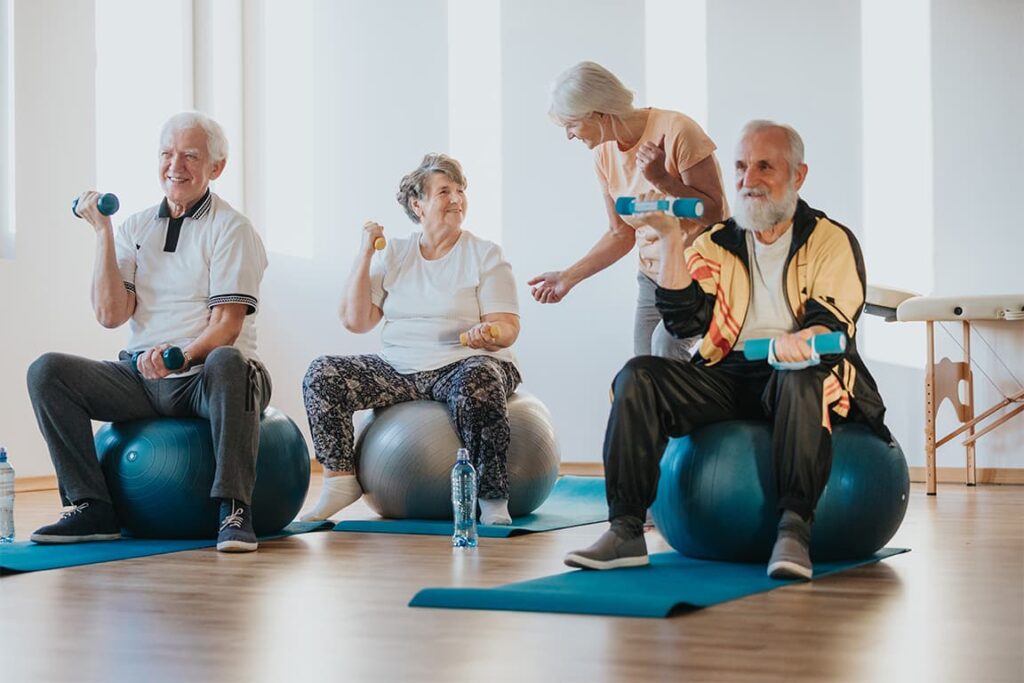
Magnetotherapy (magnetotherapy or magnetic therapy)
Supportive treatment to maintain the quality of bone tissue and reduce pain in people living with osteoporosis is Biomag magnetic therapy with low-frequency pulses, which helps the metabolic processes in bones and leads to better cooperation of bone-forming factors and a significant reduction in pain. Magnetic therapy significantly increases the speed of the healing process in patients with osteoporosis because this method stimulates the formation of new bones (accelerates the production of bone tissue and calcification) and increases the sensitivity to parathyroid hormone.
The use of magnetic therapy in the treatment of osteoporosis:
For osteoporosis, analgesic frequencies of 4 to 6 Hz are applied first, and when the pain subsides, therapeutic frequencies in the 36 to 44 Hz range can be used.

Diet in the treatment of osteoporosis:
Even if you have osteoporosis, you can still reap the benefits of a diet that provides enough vitamin D and Calcium daily to support your bone health. Remember:
- In addition to dairy products, you can get the Calcium you need from green vegetables, broccoli, and beans, as well as from supplements and foods that have Calcium added, such as some types of breakfast cereals and orange juice.
1- Fiber:
The effect of fiber is different. Many fibers do not affect calcium absorption, such as the fiber found in leafy vegetables and bell greens, but the fiber in wheat bran reduces calcium absorption. Often in foods with fiber, there are compounds such as phytate and oxalate, which can reduce the absorption of Calcium in food. In spinach and rhubarb, Calcium is generally unabsorbable due to the presence of oxalate. In beans, some phytate and oxalate interfere with calcium absorption by up to 50%, but if the beans are soaked overnight in water, and the water is thrown away, or the skin is removed, the phytate will decrease.
If you receive a high-fiber diet, Calcium should be consumed more than the recommended amount.

2- Increase calcium intake during pregnancy and breastfeeding.
3- Natural soft drinks such as fruit juice, buttermilk, and syrups should replace coffee instead of caffeinated soft drinks like colas.
4- It is recommended to consume all kinds of fish, especially sardine and kelika, as rich sources of protein, Calcium, zinc, fluorine, and vitamin D.
5- Consuming carbonated soft drinks disrupts the absorption of Calcium. Low-salt butter is the best alternative soft drink that also contains Calcium.
- Vitamin D helps absorb Calcium, so if you do not get enough vitamin D from foods or sunlight, you should use supplements. To absorb enough vitamin D from sunlight, your body should be exposed to direct sunlight for at least 15 minutes daily.
- Try to reduce the consumption of some drinks and foods that interfere with your body’s ability to process Calcium, such as carbonated or caffeinated drinks, excessive alcohol, and too much protein.

Can Calcium be harmful to us?
Calcium is safe in the recommended amount, but taking too much of it in supplement form may have health risks. Consuming too much of this mineral may increase the risk of kidney stones, constipation, or even its accumulation in your blood vessels and possibly disrupt the absorption of iron and zinc. In general, the safe amount of calcium consumption is as follows:
Adults aged 19 to 50 should get at most 2,500 mg daily (including food and supplements).
Adults over 50 should not consume more than 2000 mg per day.
Are calcium pills fattening?
Various studies have been conducted on the effect of calcium supplementation and obesity or slimming, and it can be said with certainty that this mineral does not affect weight and its increase and decrease. If you are thin or fat and have calcium deficiency (if prescribed by your doctor), take its supplement and protect yourself from the dangers of calcium deficiency.

Conclusion
Osteoporosis causes bones to become weak and brittle, so fragile that falling or mild stress such as bending or coughing can cause fractures. Fractures related to osteoporosis mainly occur in the hip, wrist, or spine.
Bone is a living tissue that is constantly being broken down and replaced. Osteoporosis occurs when the formation of new bone does not match the loss of old bone.
Osteoporosis affects men and women of all races. However, white and Asian women, especially older postmenopausal women, are at the most significant risk. Medications, a healthy diet, and weight-bearing exercise can help prevent bone fractures or strengthen weak bones.
Share in :
Explore more


Sitting A Long Time And Being Overweight- Drhealthandbeauty
